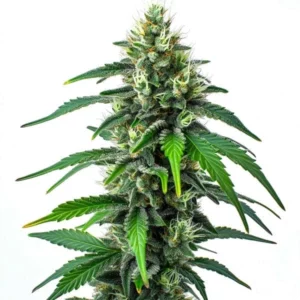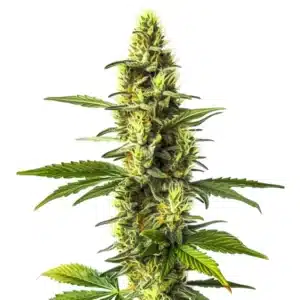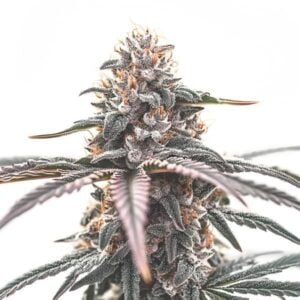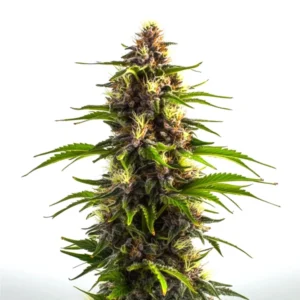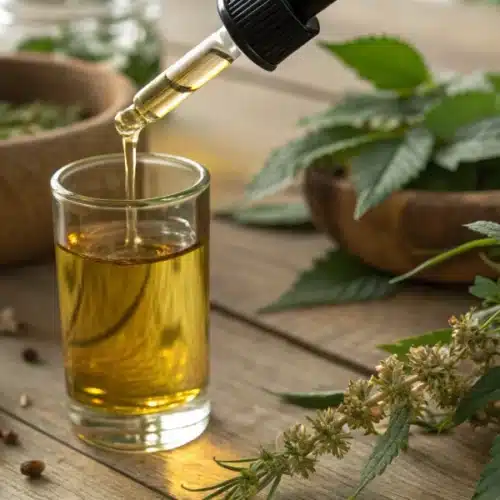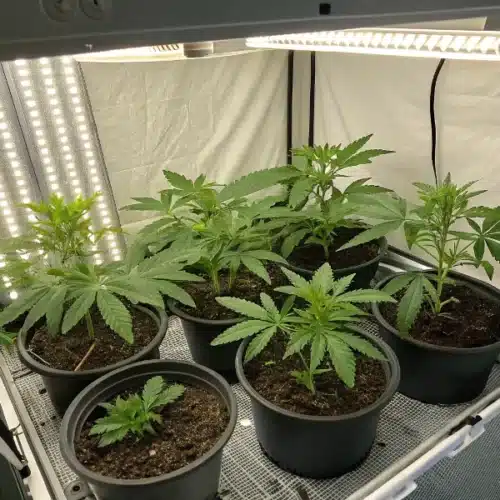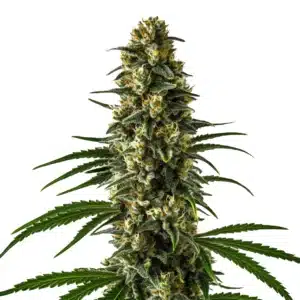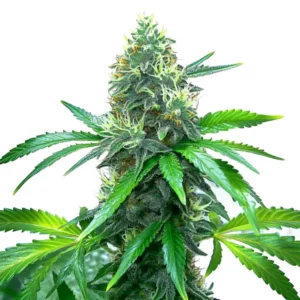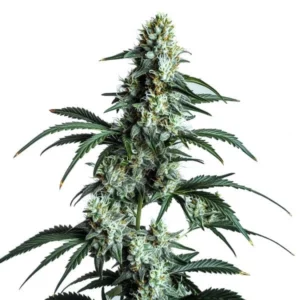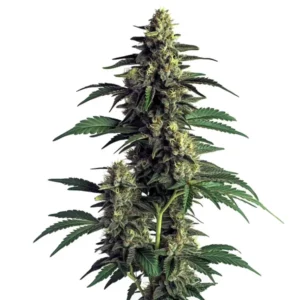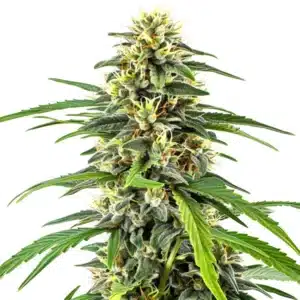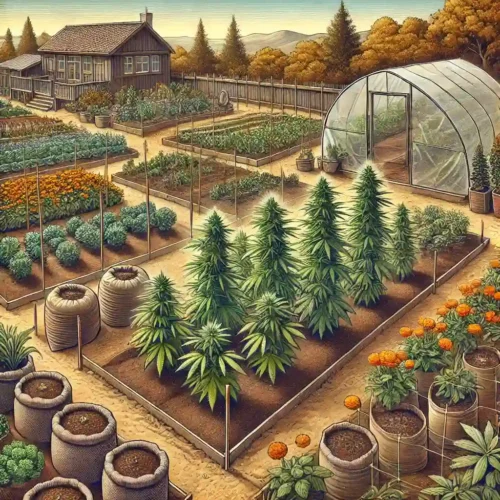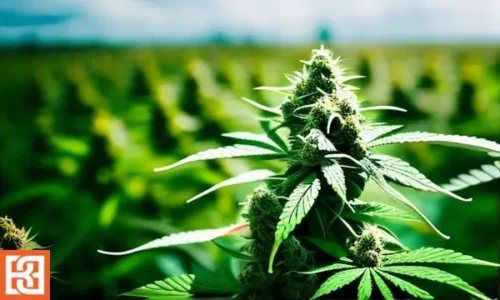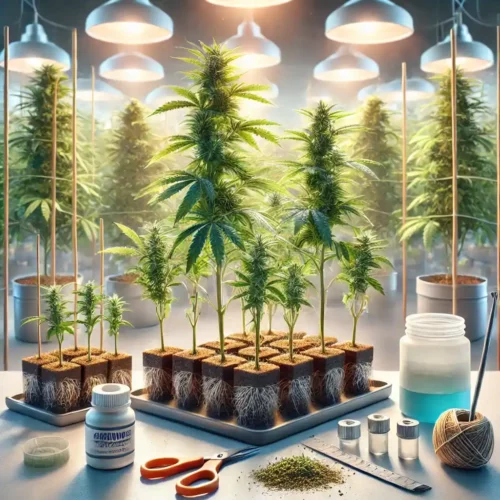Growing your own cannabis can be one of the most rewarding experiences, but it all starts with timing. If you’ve ever wondered when is the best time to plant weed, you’re not alone. Getting the timing right can be the difference between a flourishing harvest and a frustrating crop failure. Here, we’ll walk through everything you need to know about the best time to plant weed, whether indoors or outdoors, and how to ensure your plants thrive.
When is the Best Time to Plant Weed?
Timing matters. Planting weed at the wrong time can lead to stunted growth, smaller yields, or even crop failure. Knowing when is the best time to plant weed involves considering a few key factors like your local climate, the strain you’re growing, and the setup you’re using.
Factors to Consider for Planting Weed at the Right Time
Your first step to successful cannabis cultivation is assessing a few major factors. Climate, strain selection, and even the growth stage all influence when the best planting time is. Whether you’re growing indoors or outdoors, understanding your environment will put you miles ahead.
When planting outdoors, the general rule of thumb is to start after the last frost date. This ensures that young cannabis plants aren’t exposed to harsh conditions that could harm their development. On the other hand, indoor growers have a bit more flexibility since they control the climate—but even they need to ensure that the conditions are just right.
Temperature is also a key element. Cannabis grows best between 70 and 85 degrees Fahrenheit. Plant too early or too late in the season, and your plants may struggle against cold temperatures or excessive heat, both of which can hinder your plants’ growth.
Climate and Seasonal Influences on Cannabis Growth
Local climate is probably the most important factor in determining when is the best time to plant weed. If you’re in a region with harsh winters, starting too early in the spring can be detrimental. Similarly, if you live in a tropical climate, you may need to consider the impact of heavy rains or overly humid periods.
Cannabis is highly sensitive to its environment. If you plant it when the conditions aren’t ideal, your plants will be weaker, more prone to disease, and less likely to reach their full potential. It’s always better to be a bit patient and wait until the conditions are just right.
Promos & Deals
Best Time to Plant Weed Outdoors
Outdoor growing comes with its own unique set of challenges and rewards. The timing here can make all the difference between an abundant harvest and disappointment.
Knowing Your Local Climate
The best time to plant weed outdoors depends largely on your local climate. Generally, you want to plant your cannabis when you’re past the risk of frost. This is often in late spring, but the specific time can vary depending on where you live. For instance, those in northern climates may need to wait longer for the soil to warm up, while growers in more temperate areas can get started earlier.
If you’re not sure about your local frost dates, an easy tip is to observe other plants in your area. When trees begin to bloom and local flowers start appearing, it’s generally a safe bet that it’s time to plant your cannabis as well. Growing outdoors means you’re subject to the whims of Mother Nature, so being observant can help you avoid mistakes.
Optimal Seasons for Outdoor Cannabis Growing
For most growers in the Northern Hemisphere, the best time to plant weed outdoors is between late April and early June. In these months, temperatures are typically warm enough to support healthy seedling growth without the risk of frost.
Light is another crucial factor when determining when is the best time to plant weed outdoors. Cannabis is a photoperiod-sensitive plant, meaning it needs enough light to vegetate before switching to the flowering phase. Planting in the spring allows for a long vegetative period before the natural reduction in daylight hours triggers flowering in late summer.
Frost Dates and Their Impact on Planting
Frost is the number one enemy of young cannabis plants. A late frost can kill your plants or at least set their growth back significantly. Make sure to use a reliable frost date calendar to determine when it’s safe to plant.
If you live in an area where frost dates are inconsistent, consider using small greenhouses or cold frames to protect your plants during the early stages. It’s worth the effort to protect them until you’re certain the risk of frost has passed.
Best Time to Plant Weed Indoors
Growing indoors offers the advantage of full control over the environment. You aren’t bound by seasons or unpredictable weather, making it possible to grow cannabis all year round.
Benefits of Growing Cannabis Indoors Year-Round
One of the biggest perks of indoor growing is that you can determine when is the best time to plant weed without being limited by seasons. Indoor growing allows you to grow year-round, providing you control over lighting, humidity, and temperature.
Starting your plants indoors means you can ensure they get the exact amount of light they need for each growth stage. You can also start your plants indoors and transplant them outdoors when the conditions are ideal. This hybrid approach can be particularly useful if you want to give your plants a head start before the outdoor season.
Controlling Light and Temperature for Optimal Growth
Indoor growers must be diligent about controlling their growing environment. Cannabis plants thrive under specific conditions, and you can adjust the lighting and temperature to ensure your plants grow healthy. For most indoor setups, seedlings need 18-24 hours of light per day during the vegetative stage and around 12 hours during flowering.
Temperature control is also essential. Maintaining a stable environment between 70-85°F is optimal for healthy growth. This stability allows you to plant whenever you have the resources, time, and energy to care for your crop, meaning you can create your own “best time to plant weed” indoors.

Planting Weed by Growth Stage
Timing the planting of your weed depends on understanding the growth stages of cannabis and when to transition between each.
Germination: The Start of the Growth Journey
Germination is the first step, and it starts when the seed absorbs enough water to break open and sprout. Most growers germinate their seeds indoors to give them a head start, keeping them in a warm, dark place. This typically takes between 3 to 10 days.
The germination stage is crucial because it sets the stage for the rest of the plant’s life. If conditions are not right at this point, it can lead to weaker plants. Once your seedlings are 2-3 inches tall, they are ready for the vegetative stage, either indoors or in the garden.
Vegetative Stage and Timing for Optimal Yield
The vegetative stage is where cannabis plants focus on developing strong roots and plenty of leaves. This stage requires lots of light, and this is where the timing of when is the best time to plant weed becomes vital. Outdoors, longer days mean more sunlight, which promotes a robust vegetative growth phase.
Indoors, you have control over the duration of this stage by providing 18-24 hours of light each day. Extending the vegetative stage can lead to larger plants, which ultimately can yield more buds. However, extending too long can also cause the plant to outgrow your space, so balance is key.
Transition to Flowering: Timing is Everything
The flowering stage begins when the light cycle changes, typically when the daylight hours shorten naturally outdoors. Indoors, this change is simulated by switching from a light cycle of 18-24 hours to 12 hours of light. For outdoor grows, flowering generally starts in mid to late summer.
The timing of this stage is vital, as flowering is when your plants will produce the buds. Be sure that your cannabis has had enough time in the vegetative stage to develop strong branches that can support the weight of flowers. Waiting until the right time to transition into flowering ensures a healthy and abundant yield.
How to Adjust Planting Time Based on Strain Type
Not all cannabis strains are the same, and different strains require slightly different growing schedules.
Planting Time for Sativa vs. Indica Strains
Sativa and indica strains have different growth habits, and this affects when is the best time to plant weed. Sativas generally grow taller and take longer to mature, making them more suited to climates with longer growing seasons. If you’re planting outdoors, starting your sativas as early as possible after the last frost gives them plenty of time to reach their full potential.
Indica strains, on the other hand, are usually more compact and have shorter flowering periods. This makes them more versatile, and they can be planted a bit later in the season without compromising the yield. Their faster maturation makes them great for areas where the summer is shorter or less predictable.
Autoflowering Cannabis: Planting Anytime
Autoflowering strains are a game-changer for many growers, as they aren’t dependent on light cycles to begin flowering. These plants start flowering automatically, typically around 3-4 weeks after germination. This flexibility means you can plant autoflowering cannabis almost any time of year, as long as you provide the proper conditions.
Autoflowering strains are ideal for those just starting out or those who live in climates with unpredictable seasons. Their short lifecycle also allows for multiple harvests in a single growing season, giving growers more flexibility.
Common Mistakes to Avoid When Planting Weed
Getting your timing right is crucial, but there are also common errors that many growers make that can affect the success of their crops.
Planting Too Early or Too Late
One of the biggest mistakes growers make is planting too early or too late in the season. Planting too early in spring, for example, could expose your seedlings to cold weather or frost, which can stunt growth or kill your plants altogether. Conversely, planting too late might not give your plants enough time to develop fully, leading to a reduced yield.
Take the time to research your local growing conditions and know when your last frost date typically occurs. If you’re unsure, it’s better to wait an extra week or two rather than risk losing your crop.
Not Considering Local Weather Patterns
Ignoring local weather patterns can lead to significant issues. For outdoor growers, unexpected temperature drops or prolonged rainy periods can negatively impact the health of cannabis plants. If you live in a region with unpredictable weather, it might be wise to start your plants indoors and transplant them when the weather stabilizes.
Ignoring the Specific Needs of Your Strain
Different cannabis strains have different needs. Ignoring these needs when deciding when is the best time to plant weed can result in poor growth. For example, some strains are better suited for shorter growing seasons, while others need long, sunny periods to thrive. Take the time to understand the needs of your chosen strain and plan your planting schedule accordingly.
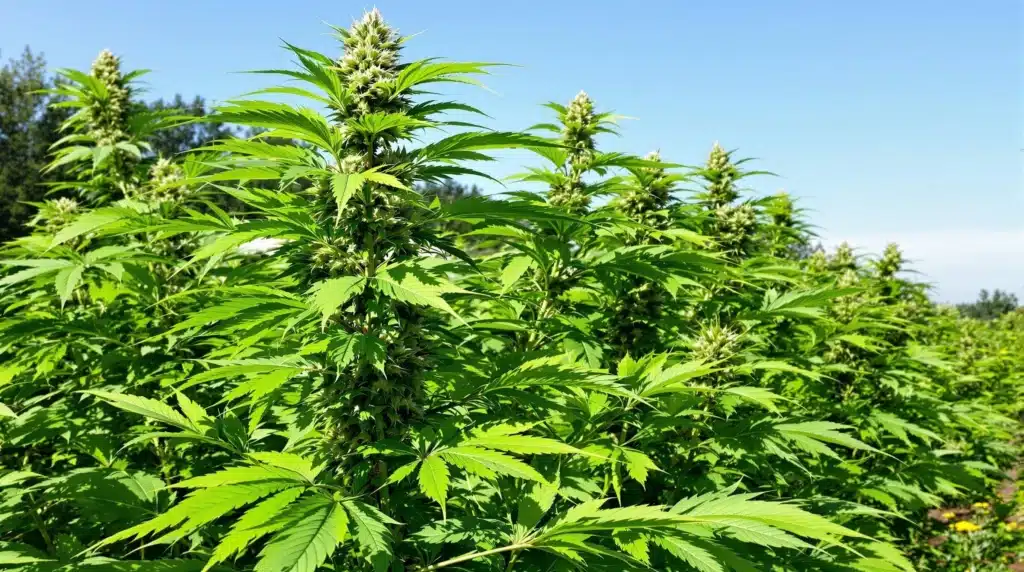
FAQs
What is the Best Month to Plant Weed Outdoors?
The best month to plant weed outdoors generally falls between April and June, depending on your local climate and when the last frost occurs. Late April is a good target for warmer climates, while those in cooler areas may need to wait until May or even June.
Can I Plant Weed Indoors Anytime?
Yes, one of the benefits of growing cannabis indoors is that you can plant it anytime. As long as you provide the right light, temperature, and humidity, you can cultivate cannabis year-round indoors.
How Long Does It Take for Cannabis to Grow?
The time it takes for cannabis to grow varies based on the strain and growing conditions. On average, the growth cycle takes about 3-6 months from germination to harvest, with autoflowering strains taking as little as 2-3 months.
Should I Germinate Seeds Before Planting?
Germinating seeds before planting gives them a better chance of survival. By allowing them to sprout in a controlled environment, you increase the likelihood that your plants will take root and grow healthy.
What Temperature is Best for Planting Weed?
The ideal temperature for planting weed is between 70-85°F. Maintaining this range ensures that your cannabis plants grow strong roots, healthy leaves, and produce a robust yield.

